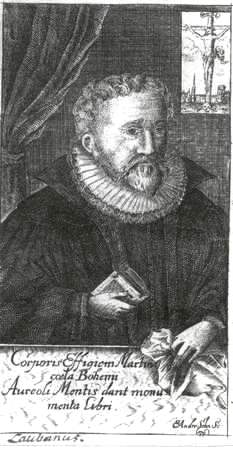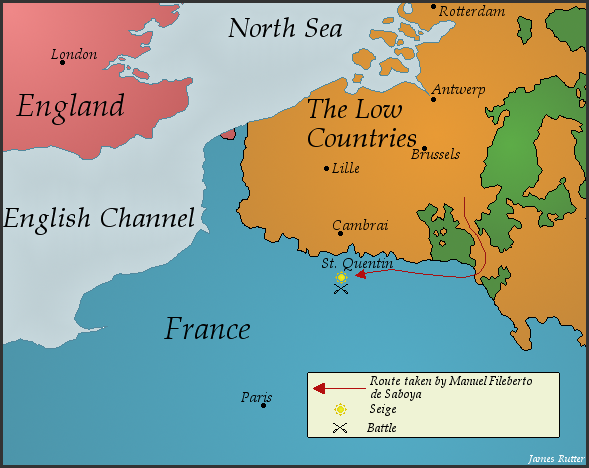|
Martin Behm
Martin Behm (1557–1622) was a German hymnwriter. Born in Lauban (now Lubań in Poland), Behm was deacon A deacon is a member of the diaconate, an office in Christian churches that is generally associated with service of some kind, but which varies among theological and denominational traditions. Major Christian denominations, such as the Cathol ... and later chief pastor of the town's Holy Trinity Church. He wrote approximately 480 hymns, including "Herr Jesu Christ, meins Lebens Licht" (used by J.S. Bach in his cantata ''Ach Gott, wie manches Herzeleid'', BWV 58) and "O Jesu Christ, mein's Lebens Licht" (used by Bach for his motet of the same name). Carl Schalk wrote that Behm was among the poets at the end of the early Lutheran hymnody period who "produced in a truly popular vein an appreciable number of excellent hymns characterized by objectivity and childlike naivete". References Further reading * 1557 births 1622 deaths German Lutheran hymnwriters ... [...More Info...] [...Related Items...] OR: [Wikipedia] [Google] [Baidu] |
Hymn
A hymn is a type of song, and partially synonymous with devotional song, specifically written for the purpose of adoration or prayer, and typically addressed to a deity or deities, or to a prominent figure or personification. The word ''hymn'' derives from Greek language, Greek (''hymnos''), which means "a song of praise". A writer of hymns is known as a hymnist. The singing or composition of hymns is called hymnody. Collections of hymns are known as hymnals or hymn books. Hymns may or may not include instrumental accompaniment. Polyhymnia is the Greco/Roman goddess of hymns. Although most familiar to speakers of English in the context of Christianity, hymns are also a fixture of other major religious groups, world religions, especially on the Indian subcontinent (''stotras''). Hymns also survive from antiquity, especially from Egyptian and Greek cultures. Some of the oldest surviving examples of notated music are hymns with Greek texts. Origins Ancient Eastern hymns include th ... [...More Info...] [...Related Items...] OR: [Wikipedia] [Google] [Baidu] |
Lubań
Lubań (; ), sometimes called Lubań Śląski (; , ); is a town in the Lower Silesian Voivodeship in southwest Poland. It is the administrative seat of Lubań County and also of the smaller Gmina Lubań (although it is not part of the territory of the latter, as the town is a separate urban gmina in its own right). Geography Situated north of the Jizera Mountains on the western shore of the Kwisa River, Lubań is considered part of the historic Upper Lusatia region, although it was more closely associated with Lower Silesia in the early 14th century and from 1815. It is located about east of Zgorzelec/Görlitz and about northwest of Jelenia Góra. History Middle Ages The town probably is at the site of a small settlement established by the West Slavs, West Slavic Bieżuńczanie tribe, one of the old Polish tribes, in the 9th and 10th century. Bieżuńczanie together with the Sorbs, Sorbian Milceni tribe, with whom they bordered in the west, were subjugated in 990 by the Marg ... [...More Info...] [...Related Items...] OR: [Wikipedia] [Google] [Baidu] |
Deacon
A deacon is a member of the diaconate, an office in Christian churches that is generally associated with service of some kind, but which varies among theological and denominational traditions. Major Christian denominations, such as the Catholic Church, the Oriental Orthodox Churches, the Eastern Orthodox Church, Lutheranism, Presbyterianism, Methodism, and Anglicanism, view the diaconate as an order of ministry. Permanent deacons (or distinctive deacons) are those who do not later transition to another form of ministry, in contrast to those continuing their formation who are then often called transitional deacons. Origin and development The word ''deacon'' is derived from the Greek word (), which is a standard ancient Greek word meaning "servant", "waiter", "minister", or "messenger". Recent research has highlighted the role of the deacon "as a co-operator" and "go-between," emphasizing their intermediary position in early Christian communities. It is generally assum ... [...More Info...] [...Related Items...] OR: [Wikipedia] [Google] [Baidu] |
BWV 58
(Ah God, how much heartbreak), 58, is a church cantata by Johann Sebastian Bach. He composed the dialogue cantata in Leipzig for the Sunday after New Year's Day. The text has been attributed to Christoph Birkmann by Christine Blanken of the Bach-Archiv Leipzig. He combined the topics of the readings, the gospel of the Flight into Egypt and teaching about the suffering of Christians from the First Epistle of Peter, in a structure of unusual symmetry with a duet as the first and last of the five movements. Both duets are dialogues of the Soul, represented by a soprano, and Jesus, sung by a bass as the (voice of Christ). Both duets are set as a chorale fantasia, combining a stanza from a hymn, sung by the soprano as the cantus firmus, with original poetry set in counterpoint. Both stanzas are sung to the same melody, but come from different hymns, Martin Moller's "", and Martin Behm's "". While the poet wrote the duets to fit the same music, Bach composed them in contras ... [...More Info...] [...Related Items...] OR: [Wikipedia] [Google] [Baidu] |
BWV 118
''O Jesu Christ, meins Lebens Licht'' (O Jesus Christ, light of my life), BWV 118, is a sacred motet composed by Johann Sebastian Bach. It is known to have been performed at a funeral, and was possibly a generic work intended for funerals. When the work was first published in the nineteenth century it was called a cantata, perhaps because it has an instrumental accompaniment. While it is not an a cappella work, modern scholarship accepts it is a motet. History and text This work was written around 1736 or 1737, and so may have been premiered before the first known performance at the grave-side ceremony for Count on October 11, 1740. The Count was Governor of Leipzig and known to Bach who had presented a couple of congratulatory works to him. The fact that the accompaniment exists in two versions suggests that there was a subsequent revival of the work in the 1740s. The text is a 1610 hymn by Martin Behm. Music "O Jesu Christ, meins Lebens Licht" has been characterized a ... [...More Info...] [...Related Items...] OR: [Wikipedia] [Google] [Baidu] |
Carl Schalk
Carl Flentge Schalk (September 26, 1929 – January 24, 2021) was a noted Lutheran composer, author, and lecturer. Between 1965 and 2004 he taught church music at Concordia University Chicago.Carl Schalk . MorningStar Music Publishers. Retrieved on August 19, 2008 During this time he guided the development of the university's Master of Church Music degree, which has since graduated more than 140 students.Dr. Carl Schalk . The Luther Institute. Retrieved on August 19, 2008. Schalk was a member of the Inter-Lutheran Commission on Worship, which produced the |
1557 Births
__NOTOC__ Year 1557 ( MDLVII) was a common year starting on Friday of the Julian calendar. Events January–March * January 4 – Pietro Giovanni Chiavica Cibo becomes the new Doge of the Republic of Genoa for a term of 2 years as the term of the Doge Agostino Pinelli Ardimenti comes to an end. * January 6 – Italian War of 1551–1559: Gaspard II de Coligny, the French governor of Picardy (in northern France), launches surprise attacks on Douai and Lens in the Spanish Netherlands and captures both cities for France. * January 13 – Sigismund II Augustus, King of Poland and Grand Duke of Lithuania, issues an edict against Protestants, at the urging of the Archbishop Mikołaj Dzierzgowski, Primate of Poland. * January 28 – Bayinnaung, King of Burma and head of the Toungoo dynasty, conquers two the Shan States, Möng Mit and Hsipaw in what is now northern Myanmar. The event is later commemorated with an inscription on the Shwezig ... [...More Info...] [...Related Items...] OR: [Wikipedia] [Google] [Baidu] |
1622 Deaths
Events January–May * January 7 – The Holy Roman Empire and Transylvania sign the Peace of Nikolsburg. * February 8 – King James I of England dissolves the English Parliament. * March 12 – Ignatius of Loyola, Francis Xavier, Teresa of Ávila, Isidore the Farmer and Philip Neri are canonized by Pope Gregory XV. * March 22 – Jamestown massacre: Algonquian natives kill 347 English settlers outside Jamestown, Virginia (one third of the colony's population), and burn the Henricus settlement. This begins the American Indian Wars. April–June * April 22 – Hormuz is captured from the Portuguese, by an Anglo-Persian force. * April 27 – Thirty Years' War – Skirmish at Mingolsheim: Protestant forces under Mansfeld and Georg Friedrich of Baden-Durlach defeat the Imperial forces under Tilly. The Protestants win, but afterwards Tilly links up with a Spanish army under Gonzalo de Córdoba, greatly increasing his strength ... [...More Info...] [...Related Items...] OR: [Wikipedia] [Google] [Baidu] |




